A Perfect Universe

Could the Universe have been born completely uniform and still given rise to us?
“First, you should check out my house. It’s, like, kinda lame, but way less lame than, like, your house.” –Lumpy Space Princess, Adventure Time
When you think of the Universe, you certainly don’t think of it as a smooth, uniform place. After all, a clump like planet Earth is awfully different than the abyss of empty space! Yet on the largest scales, the Universe is pretty smooth, and at early times, it was smooth even on smaller scales. Although our Universe is inherently quantum in nature, with all the attendant quantum fluctuations, you might wonder if it could have been born perfectly smooth and simply grown from there. Let’s take a look at the Universe we have today and find out.
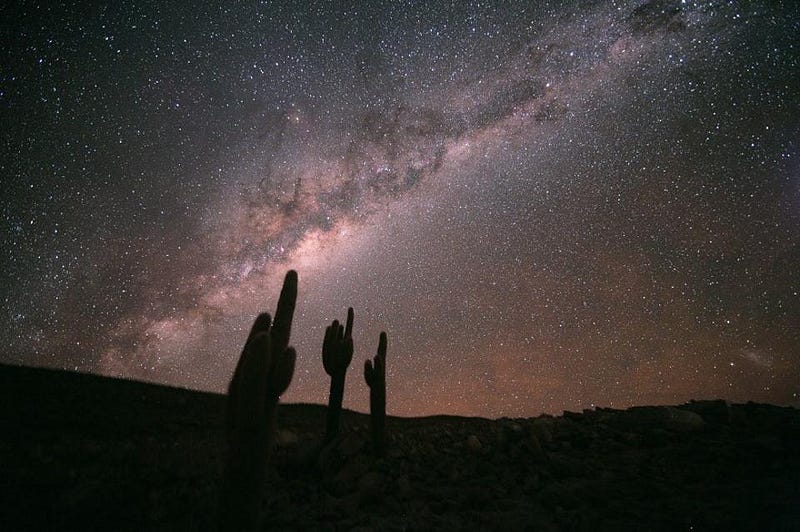
On nearby scales, we have dense clumps of matter: things like stars, planets, moons, asteroids and humans. In between them are vast distances of empty space, populated also by more diffuse clumps of matter: interstellar gas, dust and plasma that represent either the remnants of dead-and-dying stars or the future locations of stars yet-to-be-born. And all of these are bound together in our great galaxy: the Milky Way.
On larger scales, galaxies can exist in isolation (field galaxies), they can be bound together in small groups of just a few (like our own local group), or they can exist in larger numbers clustered together, containing hundreds or even thousands of large ones. If we look at even larger scales, we find that the clusters-and-groups are structured along giant filaments, some of which stretch for many billions of light years across the cosmos. And in between them? Giant voids: underdense regions with few or even no galaxies and stars in them at all.
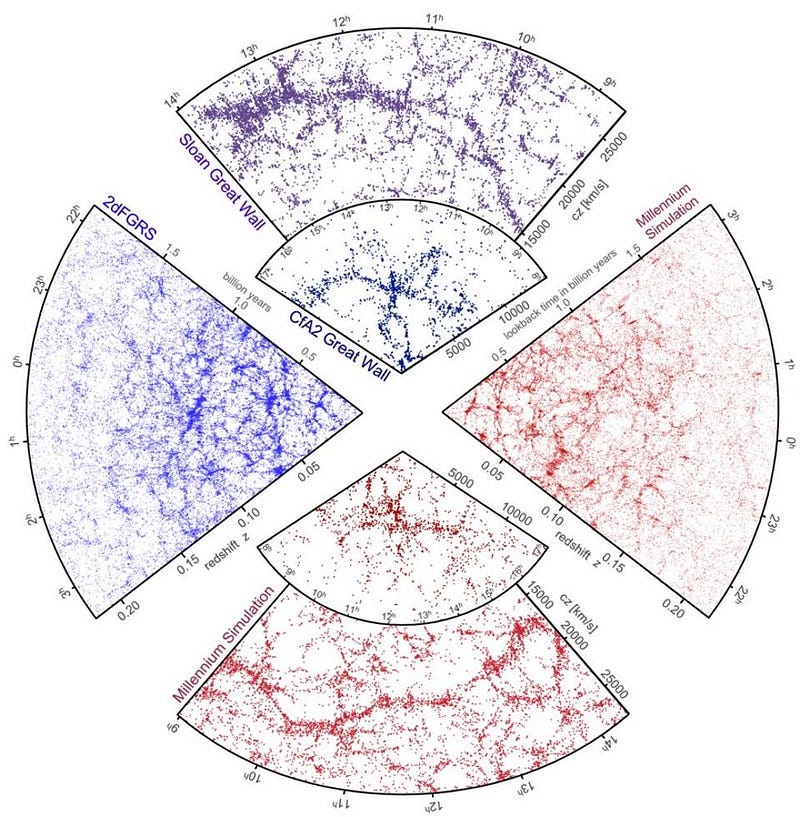
But if we start looking out at even larger scales — on scales tens-of-billions of light years in size — we find that any particular region of space we look at looks very much like any other region of space. The same density, the same temperature, the same numbers of stars and galaxies, the same types of galaxies, etc. On the largest scales of all, no part of our Universe is any more-or-less special than any other part of the Universe. Different regions of space all seem to have the same general properties anywhere and everywhere we look.
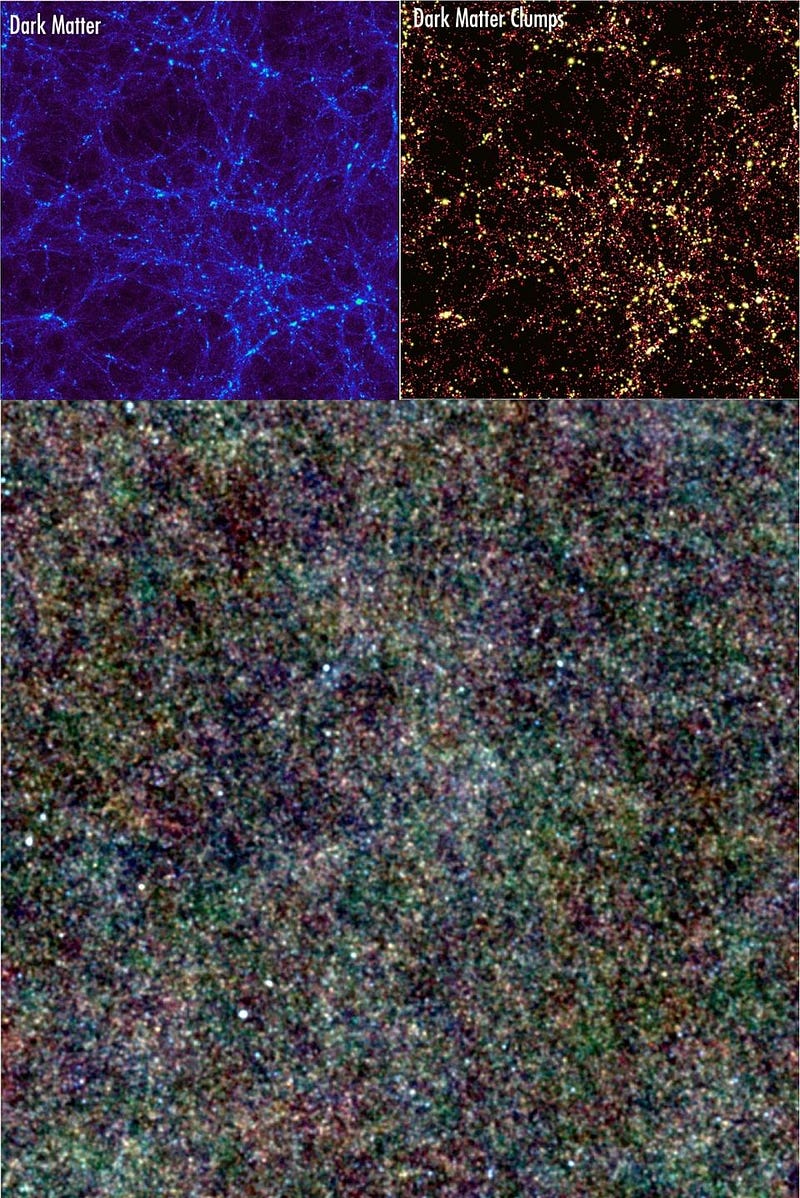
But our Universe didn’t start out with these giant clumps-and-voids at all. When we look at the earliest “baby picture” of our Universe — the Cosmic Microwave Background — we find that the density of the young Universe was the same on all scales absolutely everywhere. And when I say the same, I mean we measured that the temperature was 3 K in all directions, and then 2.7K, and then 2.73K, and then 2.725K. It was really, really uniform everywhere. Finally, in the 1990s, we discovered that there were some regions that were just slightly denser than the average and some that were just slightly less dense than the average: by around 80–90 microkelvin. The Universe was very, very uniform on average in its early days, where departures from perfect uniformity were only 0.003% or so.
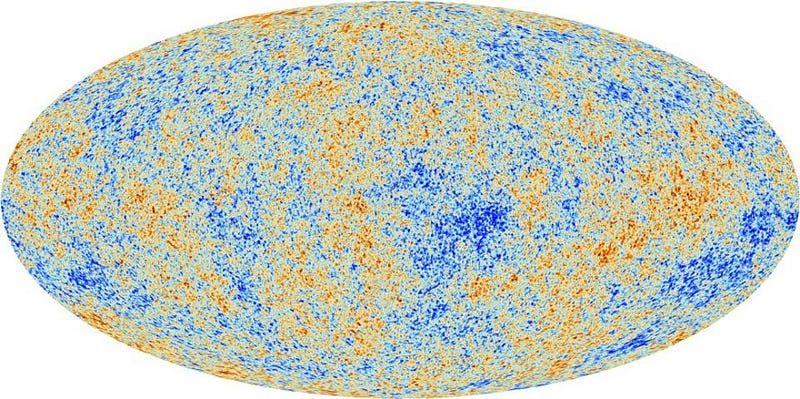
This baby picture from the Planck satellite shows the fluctuations from perfect uniformity, with the red “hot spots” corresponding to the underdense regions and the blue “cold spots” corresponding to overdense ones: the ones that will grow into star-and-galaxy-rich regions of space. The Universe required these imperfections — these overdensities and underdensities — so that structure would form at all.
If it were perfectly uniform, no region of space would preferentially attract more matter than any other, and so no gravitational growth would occur over time. Yet if you start with even those small imperfections — the few parts in 100,000 that our Universe began with — then by time 50-to-100 million years goes by, we’ve formed the first stars in the Universe. By time a few hundred million years have passed, we’ve formed the first galaxies. By time a little over half-a-billion years have gone by, we’ve formed so many stars and galaxies that visible light can travel freely throughout the Universe without running into that light-blocking neutral matter. And by time many billions of years have gone by, we have the clumps and clusters of galaxies we recognize today.
So would it be possible to create a Universe without fluctuations? One that was born perfectly smooth, but grew this fluctuations as time went on? The answer is: not if you create the Universe the way ours was created. You see, our observable Universe came from the hot Big Bang, where the Universe suddenly became filled with a hot, dense sea of matter, antimatter and radiation. The energy for the hot Big Bang came from the end of inflation — where energy inherent to space itself was converted into matter and radiation — during a process known as cosmic reheating. But the Universe doesn’t heat up to the same temperatures in all locations, because during inflation, there were quantum fluctuations that got stretched across the Universe! This is the root of where these overdense and underdense regions came from.
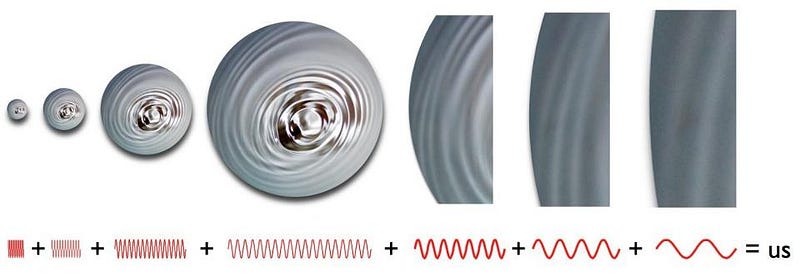
If you have a matter-and-radiation-rich Universe that had an inflationary origin and the laws of physics that we know, you will have these fluctuations that lead to overdense and underdense regions.
But what determined their magnitude? Could they have been smaller?
The answer is yes: if inflation occurred at lower energy scales or if the inflationary potential had different properties than the ones it must’ve had, these fluctuations could’ve been much, much smaller. They not only could’ve been something like ten times smaller, but a hundred, a thousand, a million, a billion or even smaller than the ones we have!

This is crucially important, because cosmic structure formation takes a long time to happen. In our Universe, to go from those initial fluctuations to the first time we can measure them (the CMB) takes hundreds of thousands of years. To go from the CMB to when gravity enables the formation of the Universe’s first stars, it takes around a hundred million years.
But to go from those first stars to a dark energy dominated Universe — one where no new structure will form if you’re not already gravitationally bound — that’s not such a big leap. It takes only about 7.8 billion years from the Big Bang for the Universe to begin accelerating, meaning that if the initial fluctuations were much smaller, so that we wouldn’t have formed the first stars until, say, ten billion years after the Big Bang, the combination of small fluctuations with dark energy would ensure that we’d never get stars at all.
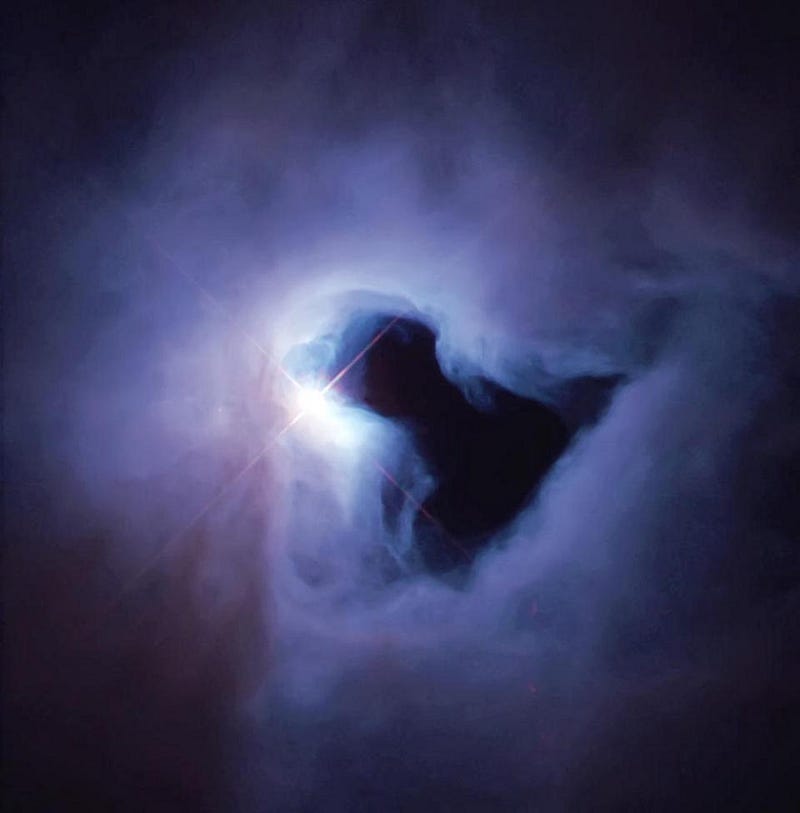
How small would those fluctuations needed to have been? The answer is surprising: only a few hundred times smaller than the ones we actually have! If the “scale” of these fluctuations in the CMB (below) had numbers that were on the scale of a dozen instead of a few thousand, our Universe would have been lucky to have even one star or galaxy in it by today, and would certainly look nothing like the Universe we actually have.
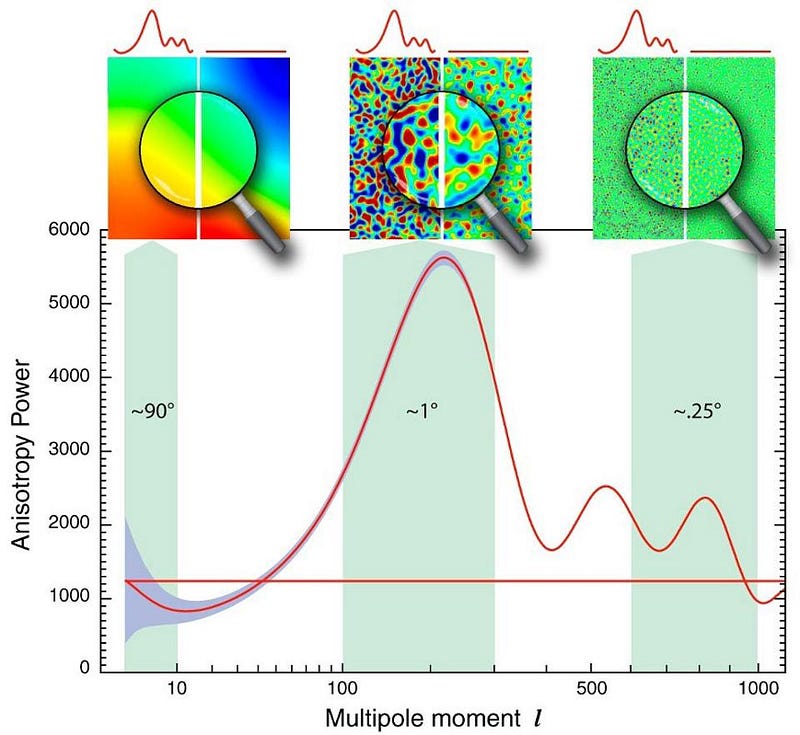
If it weren’t for dark energy — if all we had was matter and radiation — then in enough time, we could form structure in the Universe no matter how small those initial fluctuations were. But that inevitability of an accelerated expansion gives our Universe a sense of urgency that we wouldn’t have had otherwise, and makes it absolutely necessary that the magnitude of the mean fluctuations be at least about 0.00001% of the average density in order to have a Universe with any notable bound structures at all. Make your fluctuations smaller than that, and you’ll have a Universe with nothing at all. But elevate those fluctuations up to a “massive” 0.003% level, and you have no problem getting a Universe that looks just like ours.
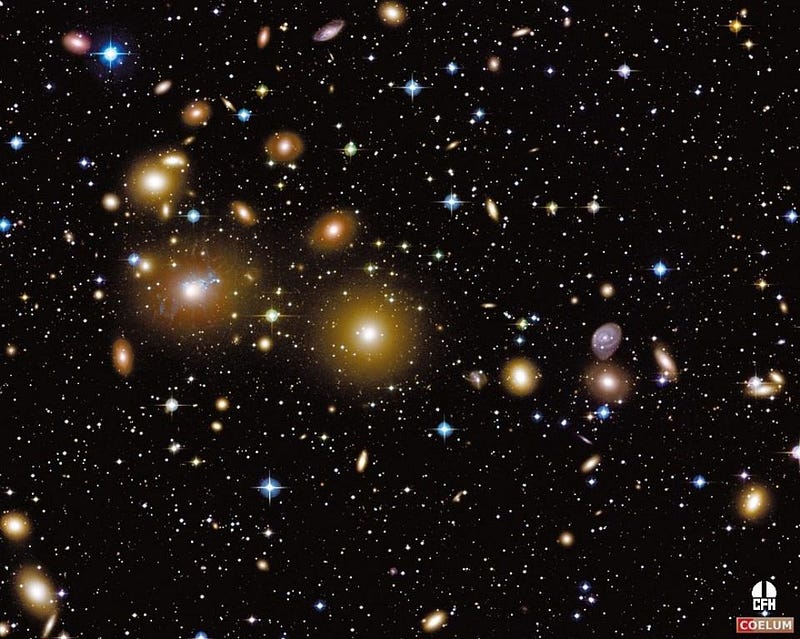
Our Universe must have been born with lumps, but if inflation were different, the masses of those lumps would have been very different, too. Much smaller, and there’d be no structure at all. Much larger, and we could have had a Universe catastrophically filled with black holes from a very, very early time. To give us the Universe we have today required an extremely fortuitous combination of circumstances, and lucky for us, the one we were given looks to be just right.
This post first appeared at Forbes, and is brought to you ad-free by our Patreon supporters. Comment on our forum, & buy our first book: Beyond The Galaxy!





